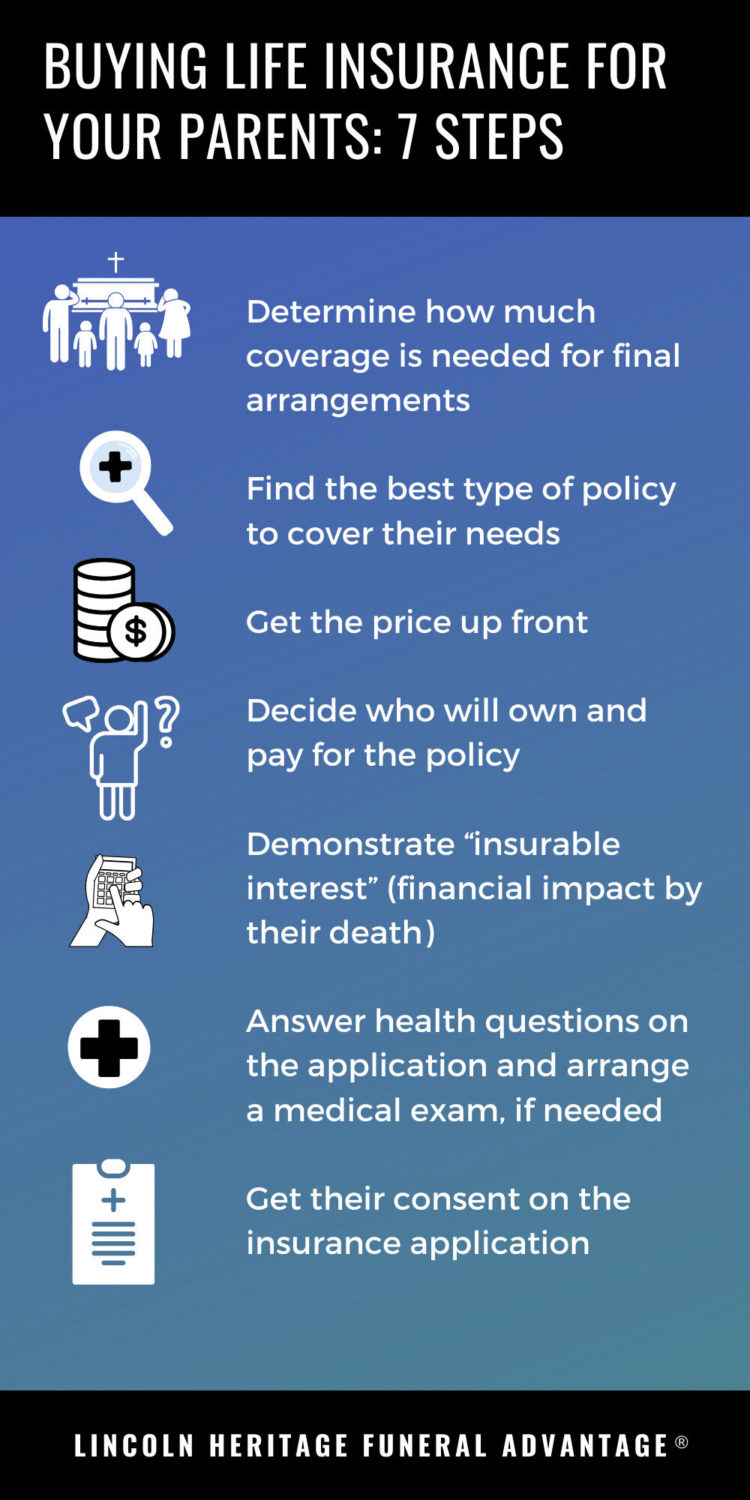Much less popular are HO-1 and HO-2 house owners insurance coverage, which pay out only for damage brought on by issues listed in the policy. Together these two types represent about 8% of homeowners coverage. HO-2 insurance, the most common of the 2, usually covers your house and possessions just for the 16 causes noted above. HO-1, which isn't commonly offered, is the most bare-bones kind of house owners insurance. It covers losses from an even shorter list of perils than the HO-2 kind. Other policy types consist of HO-4 insurance coverage for renters, HO-6 for condominium owners, HO-7 for mobile homes and HO-8, a rarely used type that offers minimal coverage for older houses.
For example, you can't intentionally harm your own house, then anticipate your insurance provider to spend for it. Policies also typically exclude damage from other causes, such as: Flooding, consisting of drain and sewer backup. Earthquakes, landslides and sinkholes. Invasions by birds, vermin, fungi or mold. Wear and tear or neglect. Government action, including war. Speak with your insurer if you have issues about damage and occasions your policy doesn't cover. Oftentimes, you can add what are called endorsements to your policy which usually cost extra to provide more security. You require enough house owners insurance coverage to cover the expense of restoring your home if it's destroyed. What is comprehensive car insurance.
Your home insurance coverage representative or insurer must be able to assist you determine the replacement cost. Don't focus on what you spent for your home, how much you owe on your home mortgage, your home tax evaluation or the cost you could get if you sell. If you base your coverage on those numbers, you could wind up with the wrong amount of insurance. Rather, set your home protection limit at the cost to rebuild. You can be confident you'll have adequate funds for repairs, and you will not be paying for more protection than you require. For "individual home," your possessions, you'll generally want protection limitations that are at least 50% of your home coverage quantity, and your insurance provider may instantly set the limit that method.
A thorough home stock is the best way to determine how much it would require to change all your stuff. A stock record can also come in convenient later if you have to make a claim and require to know precisely what you lost. You might make a list or, as a fast inventory hack, take a video of wesley financial your house and all your items utilizing your mobile phone. Homeowners policies generally consist of an insurance deductible the quantity you're required to cover before your insurance provider begins paying. The deductible can be: A flat dollar amount, such as $500 or $1,000. A percentage, such as 1% or 2% of the home's insured worth.

For circumstances, if you have a $1,000 deductible and your insurance company approves a claim for $10,000 in repair work, the insurer would pay $9,000 and you would be accountable for the remaining $1,000. Selecting a higher deductible will typically decrease your premium. Nevertheless, you'll carry more of the financial concern needs to you need to sue. A lower deductible, on the other hand, indicates you may have a greater premium however your insurance company would get almost the whole tab after an occurrence. Know that some policies consist of different and frequently higher deductibles for particular types of claims, such as damage from wind, hail, cyclone or earthquake.
This implies if an earthquake damages a house with $300,000 worth of dwelling protection, the deductible would be $30,000. Liability claims generally don't have a deductible. If your home is damaged, your homeowners insurance company isn't likely to simply compose you a look for the quantity listed on your policy. Your payment might vary depending on the cost to reconstruct and the protection you selected and much of it will be paid directly to contractors restoring your house, in a lot of cases. One key decision is whether to select protection that will pay whatever it requires to reconstruct your home, even if that cost exceeds your policy limitations.
The Best Guide To What Does Pet Insurance Cover
Here's a rundown of numerous alternatives you might experience. Actual money value protection pays the expense to repair or change your harmed residential or commercial property, minus a deduction for devaluation. Most policies do not utilize this approach for your home itself, but it's typical for individual possessions. For products that are numerous years of ages, this means you'll probably get only a portion of what it would cost to purchase new ones. Practical replacement expense value protection pays to repair your home with products that are comparable but possibly cheaper. For instance, damaged plaster walls might be changed with less costly drywall. Replacement cost value protection pays to repair your home with products of "like kind and quality," so plaster walls can be replaced with plaster.
Some policies provide replacement cost worth coverage Click for more for your personal items. This indicates the insurance provider would pay to change your old belongings with new ones, with no deduction for devaluation. If this feature is very important to you, ensure to check the policy information before you purchase this is a common option, however you typically need to pay up for it. Prolonged replacement cost worth protection will pay out more than the face worth of your dwelling protection, as much as a defined limit, if that's what it takes to fix your house. The limit can be a dollar amount or a percentage, such as 25% above your home protection quantity - How much is mortgage insurance.
Surefire replacement cost worth coverage pays the complete expense to fix or replace your home after a covered loss, even if it surpasses your policy limits. Not all insurance provider use this level of coverage. The typical cost of house owners insurance coverage was $1,631 a year in 2020, according to a Geek, Wallet analysis. But prices can skew much greater or lower, depending upon your place and the amount of protection you purchase. In many states, your credit rating can likewise be a factor. To identify your house insurance price, insurance providers typically consider: What it would cost to rebuild your house. Your home's age, condition and other qualities.

Your city's fire security score. Your claims history and the claims history of others in your community. Your protections, limitations and deductible. Items that posture major injury danger, such as swimming pools or trampolines. If your premium seems expensive, there are easy ways to save money on homeowners insurance. For example, many insurance providers offer a discount for bundling your home and vehicle insurance coverage. You might also get a lower rate for having typical safety functions, such as alarm system and deadbolt locks. And it's always an excellent idea to go shopping around and compare homeowners insurance estimates to make sure you're getting the finest offer.
The premium you pay will be a portion of the expense to restore your home from the ground up and change your possessions. What is comprehensive car insurance.